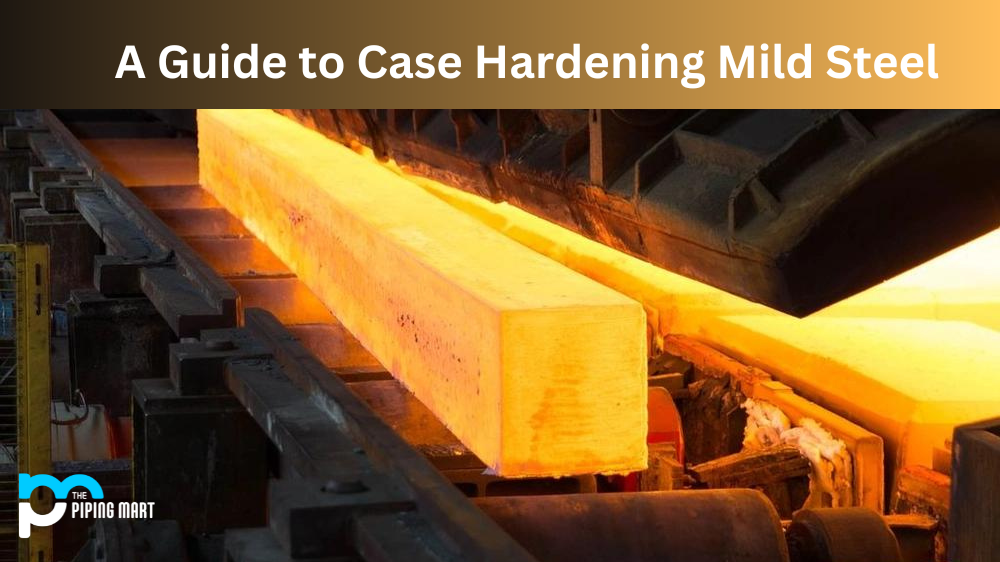Case hardening is a process that strengthens and toughens materials, such as mild steel. This process involves infusing the surface of the steel with additional elements such as carbon, which makes it more resistant to wear and tear. It’s necessary for many automotive, aerospace, and construction industries. This blog post will discuss what case hardening is and how it works on mild steel.
What Is Case Hardening?
Case hardening is a heat-treating process that increases the hardness of a material’s surface while leaving the core softer. The process involves adding additional elements — usually carbon — to the surface of the material. This creates a thin layer of very hard material around the softcore, providing increased wear resistance without compromising the underlying material’s strength or flexibility. Several types of case hardening exist for different applications; however, all involve introducing additional elements into the surface layers of a material.
How Does Case Hardening Work on Mild Steel?
Mild steel is one type of metal that benefits from case hardening. The most common method for case hardening mild steel is by carburizing or nitriding it; both processes involve heating up small parts over controlled temperatures in order to introduce additional elements such as carbon into its surface layers. Carburizing involves introducing carbon gas into an oven containing heated parts; this allows for deep penetration and better diffusion of carbon molecules into the part’s grains. Nitriding requires heating up parts in an ammonia environment, which introduces nitrogen atoms into its outer layers without significantly changing its chemical composition. After these processes are complete, further heat treatments are often necessary in order to fully achieve desired results such as improved wear resistance or better corrosion protection against rusting and oxidation damage.
Conclusion:
Case hardening can be used to strengthen and toughen mild steel for various applications across different industries such as automotive manufacturing or construction projects. This process involves introducing additional elements such as carbon or nitrogen into its surface layers over controlled temperatures in order to increase its hardness while preserving its core’s strength and flexibility properties intact. Ultimately, case hardening helps make mild steel more durable against regular wear and tear while still being easy to work with during fabrication processes like welding or cutting operations. If you’re looking for more information about how case hardening works on mild steel, contact Metric Marketing today! We’d be happy to advise you further on your next project involving case hardened steel parts!
Meet Heer, a dynamic and driven writer learning tricks of her trade in the metal industry. With a background in Digital Marketing, Heer brings a unique perspective to her writing, sharing valuable insights. Apart from blogging she like reading and hiking.




